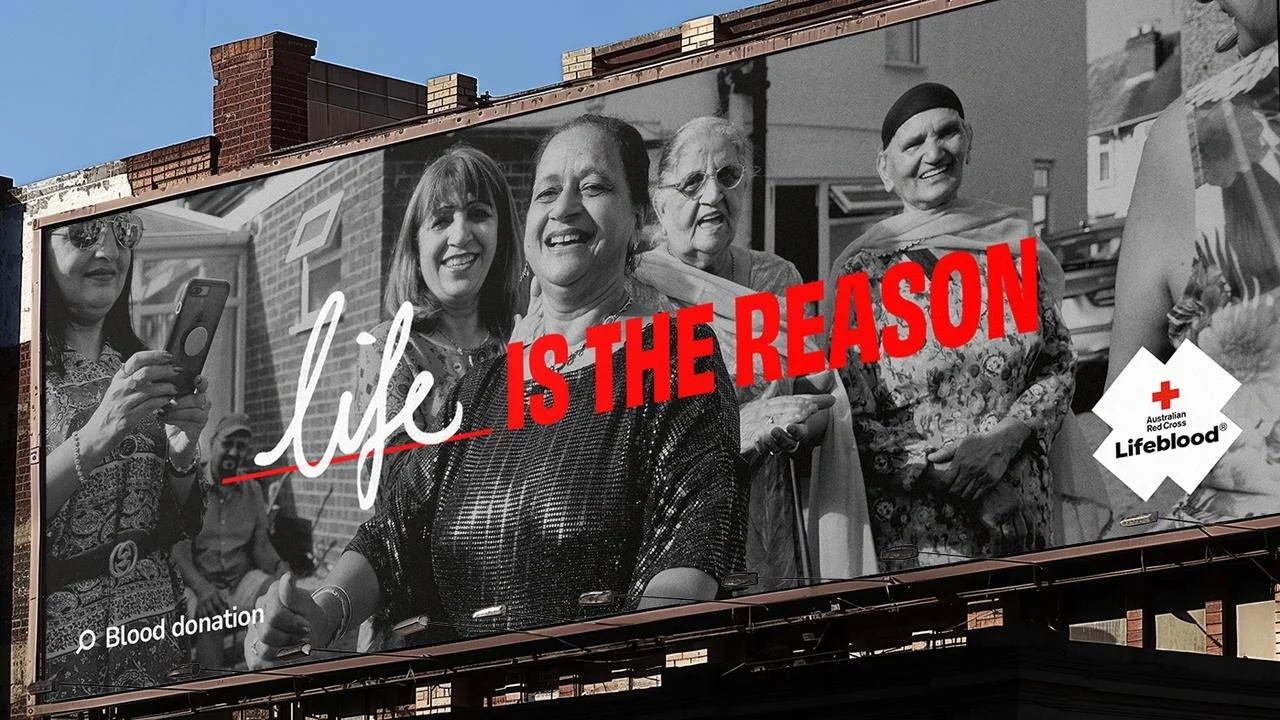Hope Inspires What’s Possible
Hope is one of the most uplifting emotions a brand can spark. It fuels optimism, encourages resilience, and helps people imagine a better future. In psychology, hope is closely linked to motivation — it’s what inspires action when people believe positive change is possible.
In a world where uncertainty and challenges are part of daily life, hope-led marketing has a unique power. It doesn’t ignore reality, but instead reminds people of their own agency and potential. That’s why hope-driven campaigns often resonate deeply and create lasting brand affinity.
Emotional Intelligence and Hope
To use hope effectively, brands need emotional intelligence. It’s not about blind positivity or sugar-coating reality. High EQ brands understand:
Context – when people are feeling discouraged, hopeful messages uplift without dismissing their struggles.
Authenticity – hope must be grounded in truth, not false promises.
Vision – it works best when brands show a clear path to a better outcome.
Done right, hope makes audiences feel seen, supported, and empowered. Done poorly, it risks coming across as naive or out of touch.
Hope in Action
Anthropic “Keep Thinking” (2025)
Anthropic’s brand campaign for their AI Claude model offers hope around what AI can and should be. Called “Keep Thinking”, it positions Claude as a partner (not a replacement) and emphasizes human-AI collaboration. It’s a promise of innovation with integrity—and hope that technology can solve problems rather than create new ones.
Why it works for hope:
It frames AI as a tool for positive future change, not just profit or competition.
It reassures users with safety, responsibility, and ethical positioning.
It gives people something to believe in—solutions rather than fear.
Kenneth Cole “Purposeful Voices” (2025)
Kenneth Cole’s Purposeful Voices campaign features Isabella Strahan, who survived brain cancer, modelling a spring collection. The campaign is rooted in her journey from diagnosis to recovery, using fashion as a platform to celebrate resilience and shared hope.
Why it works for hope:
It highlights real human stories of overcoming adversity.
It mixes hope with authenticity—she’s not just a model, she’s someone who’s lived hardship and come through it.
It gives viewers something uplifting and aspirational.
Lifeblood “Life is the Reason” (2024)
Lifeblood’s campaign aimed to recruit new blood donors in Australia. Life is the Reason used authentic reasons from real donors (a “digital wall” of donor stories) to connect people’s deeper motivations. Their messaging gave hope by emphasising why individuals give—to save lives, to make a contribution, to be part of something bigger.
Why it works for hope:
It taps into altruism and purpose—encouraging action for meaningful impact.
The campaign shows collective hope: donors speaking up, and the community supporting each other.
It balances urgency with optimism—yes, there’s a need, but together people can do something.
How to Use Hope Responsibly in Campaigns
Stay grounded. Make sure hopeful messaging connects to real solutions or actions.
Speak to resilience. Balance optimism with acknowledgement of challenges.
Paint a vision. Show your audience what the better future could look like.
Lead with authenticity. Avoid generic “feel good” messaging — it needs substance.
The Takeaway
Hope isn’t just a soft emotion — it’s a driver of action. Brands that harness hope with emotional intelligence become more than sellers of products: they become trusted partners in people’s journeys. By showing audiences what’s possible, marketers don’t just win attention — they inspire belief, momentum, and meaningful change.
See how emotionally intelligent your campaign is. Get in touch to try our Brand EQ Reporting.



